On the eve of the seventeenth Rare Disease Day, PUMCH President Zhang Shuyang published “Brick by brick, building hope: The Chinese approach for rare diseases” in the prestigious journal “Med”, joining Professor William A. Gahl from the National Human Genome Research Institute, US National Institutes of Health (NIH) and other globally well-known experts in expressing their voices for patients living with rare diseases.
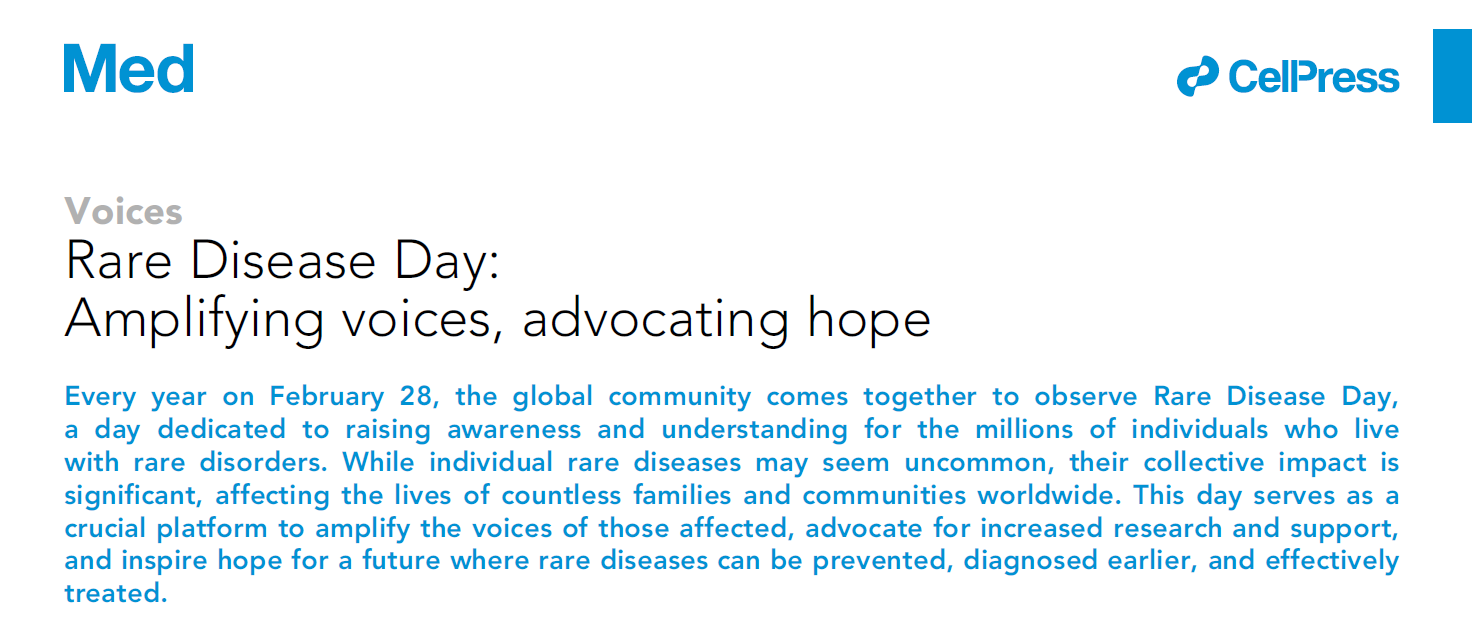
Brick by brick, building hope: The Chinese approach for rare diseases
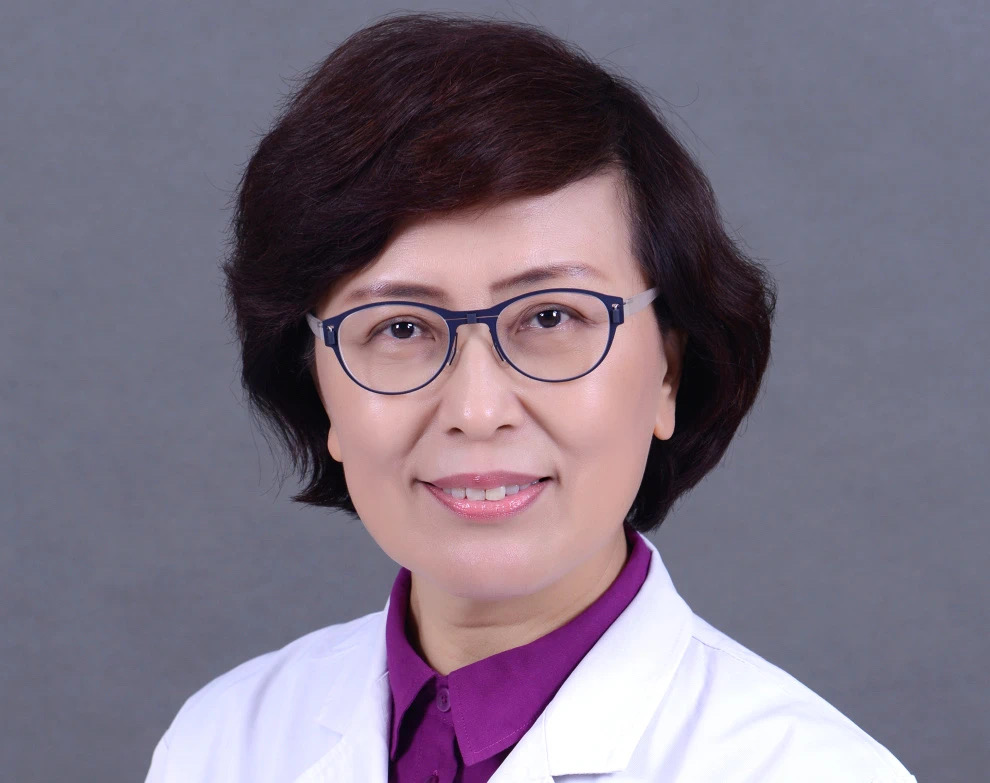
Zhang Shuyang
Peking Union Medical College Hospital
Rare diseases pose a significant medical challenge and a societal issue. In China, due to the large population, rare diseases may not be as rare as one might think. My entry into the field of rare diseases was prompted by a patient I encountered in the outpatient clinic—a person suffering from homozygous familial hypercholesterolemia. He tragically passed away due to early-onset coronary heart disease.
Through years of dedication, the Chinese government has rolled out many measures to support healthcare and research of rare diseases; we have utilized global rare disease catalogs to draw attention to and increase understanding of rare diseases, encouraging more individuals to become involved in the field and transforming the management approach.
In 2023, Peking Union Medical College Hospital (PUMCH) established the Rare Disease Medical Department. Leveraging the advantages of the PUMCH multidisciplinary consultations for rare diseases, the time for diagnosing rare diseases at PUMCH has been reduced from an average of 4 years to a swift 4 weeks. Medical costs have decreased significantly by more than 90%. Additionally, we have established three large rare-disease data platforms, biobanks, and clinical databases. Based on these, we have outlined a preliminary rare disease map for the Chinese population, serving as a basis for policy formulation. Simultaneously, scientific research based on data has generated some clinical achievements and helped inform the compilation and revision of several guidelines. We have developed an artificial-intelligence-assisted diagnostic model, initiated clinical data-driven drug development, and established genetic and phenotypic spectra, paving the way for personalized medicine for the Chinese population.
We believe that through the joint efforts of the government, society, and everyone involved, the future of rare diseases will be even brighter.
Bridging the diagnostic gap
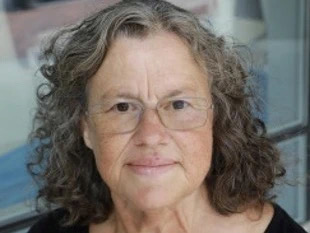
Helene Cederroth
The Wilhelm Foundation
Today we talk about personalized precision medicine and its immense promise for tailoring treatment to individual patients’ needs. A promise that hinges on the crucial foundation of accurate diagnoses and a thorough understanding of disease mechanisms. Unfortunately, millions of individuals worldwide remain in the shadows of undiagnosed diseases.
Even with the latest diagnostic technology and most comprehensive evaluations, only about 40% of undiagnosed cases can be resolved. The other 60% remain elusive, and most of the undiagnosed diseases affect children. Many of the conditions are degenerative.
No one can stop the progression without knowing what disease it is and why the disease can be life threatening.
I lost my three youngest children to an undiagnosed disease. They died within 3 years at 16, 10, and 6 years of age. My husband Mikk and I founded the Wilhelm Foundation because we can’t accept that children die without getting an adequate evaluation to find the cause and hopefully a treatment.
Early on we realized that no one could do it alone. So, together with Dr. William Gahl of the US National Institutes of Health (NIH) and Dr. Domenica Taruscio of the Italian National Institute of Health, the Undiagnosed Diseases Network International (UDNI) was formed as global alliance of experts to accelerate progress in unraveling the undiagnosed diseases and developing effective treatments.
Rare disease diagnosis: Desperation to hope
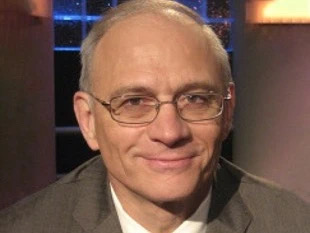
William A. Gahl
The National Human Genome Research Institute, US NIH
There exist thousands of rare diseases in the world. It’s a painfully long process for patients; just reaching a diagnosis generally consumes years, saps energy, and drains hope. The journey often involves invasive investigations, extensive travel, financial hardship, and incorrect diagnoses and sometimes leads to risky, unconventional treatments. Only a few can be correctly diagnosed, but they again face the despair of having no effective treatment.
Still, the plight of the undiagnosed is even worse. Lacking a name for one’s disease makes a person prone to other peoples’ suspicions and one’s own doubts. If, as Thoreau wrote, “the mass of men live lives of quiet desperation,” surely the person with an undiagnosed disease feels this most exquisitely.
In 2008, the NIH established its Undiagnosed Diseases Program (UDP), which has diagnosed over 400 individuals, and discovered more than 30 new genetic diseases. This has proven transformational; there is such power in knowing. A diagnosis brings community, expertise, research, treatment, and especially hope. Today we celebrate every individual with a rare disease, not only those with a diagnosis, but those who valiantly continue to pursue one for themselves or for others.
Advancing rare diseases research in Africa
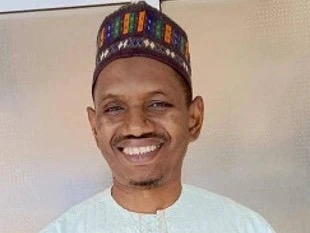
Guida Landoure ́
Faculté de Médecine et d’Odontostomatologie, USTTB
Despite being the second most populous continent and harboring the highest genetic diversity, African populations represent less than 3% of genetic research. Since about two-thirds of human genes are not yet associated with a disease, and about a third of those genes are expressed in the nervous system, studying hereditary neurological disorders should be key to finding disease-associated genes. It is not just an academic pursuit; it is a quest for a pathway to unlock cures for rare and debilitating diseases.
As a former NIH fellow and a PhD alumnus of the University College London, there were abundant opportunities to build my academic career in developed countries. Instead, I chose to return to my native Mali, not out of a sense of obligation, but out of a profound desire to give back what I have learned.
I recognized that screening underrepresented populations in genetic databases offers more opportunities to advance science on a global scale. Since 2013, generous NIH grants, such as the H3Africa Initiative, have allowed us to screen approximately 500 families with rare hereditary neurological and non-neurological disorders. In about 200 cases, we have successfully achieved molecular diagnoses, uncovering several unusual phenotypes caused by variants in genes not previously associated with a disease.
Moreover, our capacity building has grown with the training of young talented scientists and establishing a high-quality working environment for studying rare diseases. Screening more African patients holds the key to uncovering groundbreaking discoveries with global implications, furthering our understanding of rare disease mechanisms and prompting the development of innovative therapies. This ambitious endeavor requires a synergy of external funding and the steadfast commitment of African governments and philanthropists.
Transforming healthcare with rare diseases
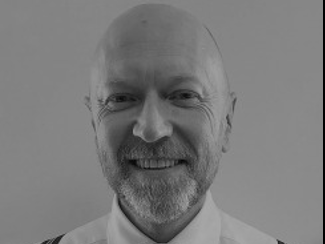
Matt Bolz-Johnson
EURORDIS (European Organisation for Rare Diseases)
Precision medicine is revolutionizing healthcare. At its heart, it’s about tailoring treatment to the individual, homing in on the genetic core of a condition. This approach marks a significant transformation in healthcare.
The integration of precision medicine is increasingly intertwined with genomics. Deeper research on human genomics is warranted. Genomics is contributing to the landscape of healthcare as we know it. This is especially vital in rare diseases, where the potential of precision medicine is most apparent. Of the several thousand known rare conditions, a significant 80% have a genetic basis. Therefore, rare diseases offer an ideal starting point for the precision medicine revolution and the application of genomics.
To fully capitalize on this opportunity for the 30 million individuals living with a rare disease in Europe, our health systems must focus on four key pillars. These include building trust within communities, enhancing primary care with a focus on genomic literacy, adopting a new healthcare model that fosters cross-border collaboration, and establishing European Lighthouse Treatment Centres for centralized, effective care.
By embracing these pillars, we can transform rare diseases from enigmas into catalysts, propelling a broader healthcare transformation. Let’s elevate precision medicine to standard practice, accessible to all, and step into a future where no disease is left behind.
